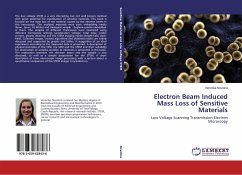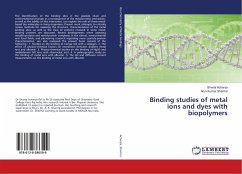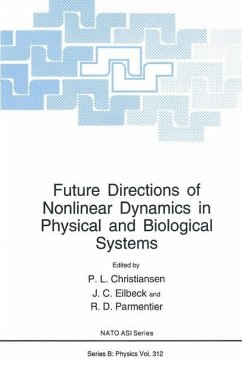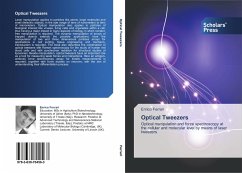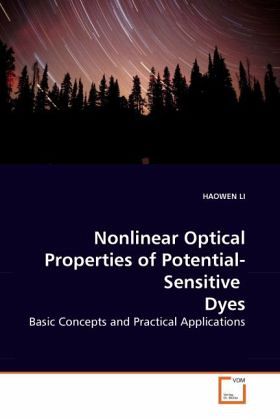
Nonlinear Optical Properties of Potential-Sensitive Dyes
Basic Concepts and Practical Applications
Versandkostenfrei!
Versandfertig in 6-10 Tagen
38,99 €
inkl. MwSt.

PAYBACK Punkte
19 °P sammeln!
Potential-sensitive dyes have been extensively used to probe the electrical environment in biological membranes due to changes in its linear and nonlinear optical properties as a function of the local electric field. Ratiometric fluorescence, two-photon excited fluorescence and second harmonic generation have all been applied to study biological cell and membrane systems. Mechanism and sensitivity studies for these potential-sensitive dyes have become popular due to the increasing biological needs. In this book, fluorescence-free time-correlated single photon counting hyper Rayleigh scattering...
Potential-sensitive dyes have been extensively used to probe the electrical environment in biological membranes due to changes in its linear and nonlinear optical properties as a function of the local electric field. Ratiometric fluorescence, two-photon excited fluorescence and second harmonic generation have all been applied to study biological cell and membrane systems. Mechanism and sensitivity studies for these potential-sensitive dyes have become popular due to the increasing biological needs. In this book, fluorescence-free time-correlated single photon counting hyper Rayleigh scattering has been used to determine the hyperpolarizability of the potential-sensitive dyes. Experiment results are in agreement with quantum chemical calculations. The polarity-dependent solvent effects of linear absorption and hyper-Rayleigh scattering in solution of potential-sensitive dyes is combined together to analyze the spectral dependence of the sensitivity to the local environment. Studies of dye monolayer have been tried and high resolution fluorescence near-field scanning optical microscopic imaging with has been performed.




